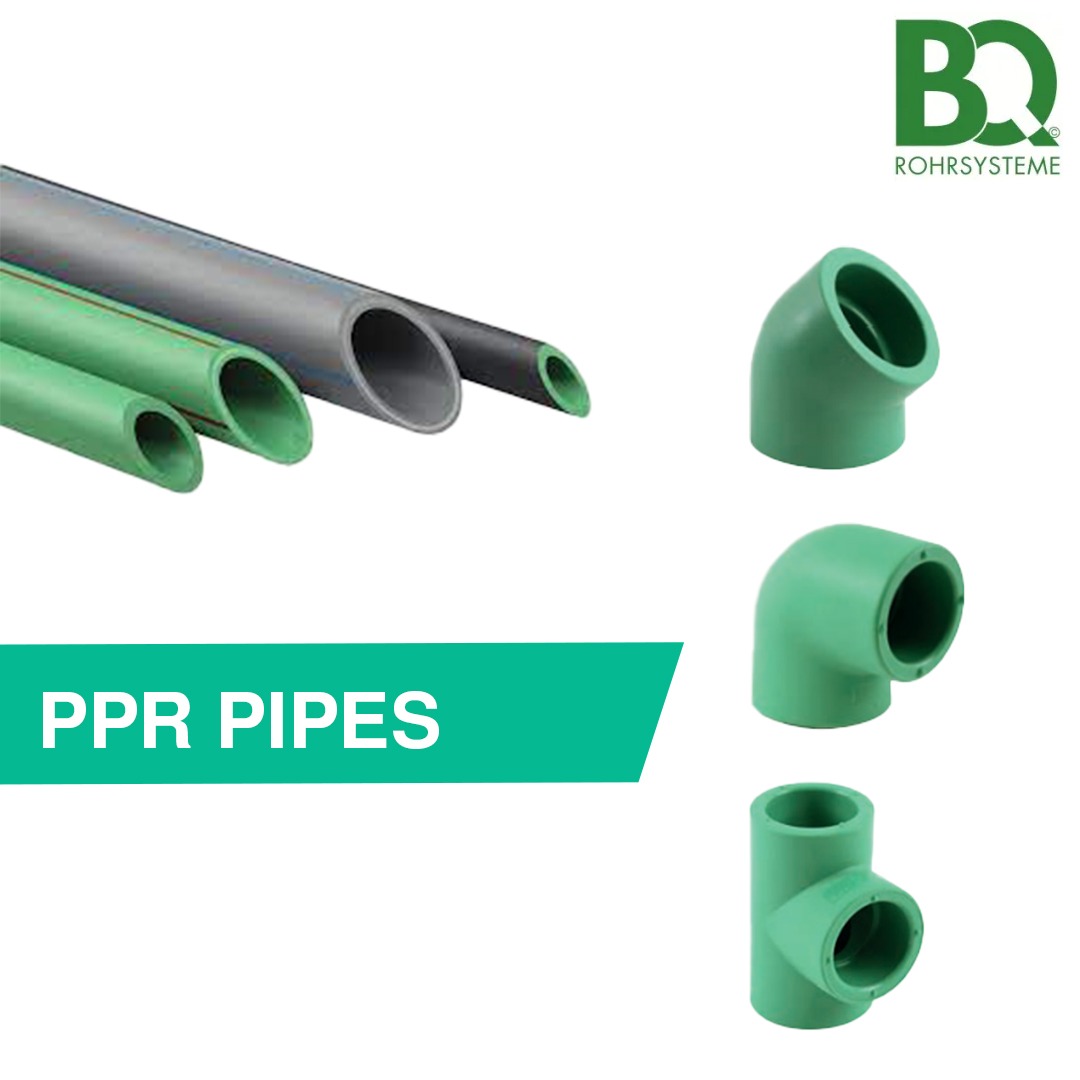
Since its advancement in the mid 90's the use of PPR pipe has become ordinary, because of its toughness, cost adequacy and long help life. As a producer, you might be interested with respect to why a few organizations decide to create PPR over PVC and PE pipe. In this article, we will cover the nuts and bolts of PPR pipe, its elements, benefits, and its most normal applications.
What Is PPR Pipe?
PPR pipe is a straight and inflexible round and hollow line, produced using Polypropylene Random Copolymer plastic, created through a persistent expulsion process. They are usually presented in green or white tones. Most PPR pipes have a distance of 20mm to 110mm. This implies that the PPR pipe is thicker than its PVC colleagues. Moreover, PPR pipes include an organization of fittings, frills, and parts. These extras are accessible for each PPR pipe width.
PPR Pipe Applications
The toughness, practical, and biological benefits of PPR has brought about it being utilized for a rising number of different applications lately.
PPR Pipe Characteristics
Low Thermal Conductivity
The warm conductivity of PPR is exceptionally low, meaning temperature can only with significant effort be directed from the external climate to the fluid in the line, as well as the other way around. This variable decreases heat misfortune or gain during the moving of hot or cold liquids individually, bringing about energy-effective frameworks and lower protection costs for PPR funneling.
Long Service Life and Durability
PPR funneling frameworks can stay utilitarian for north of 50 years, at a wide scope of liquid and ecological working temperatures. Additionally, the PPR pipe shows superb toughness in both hot and cold water frameworks. Initially, it can persevere through the temperature and tension strain of boiling water frameworks.